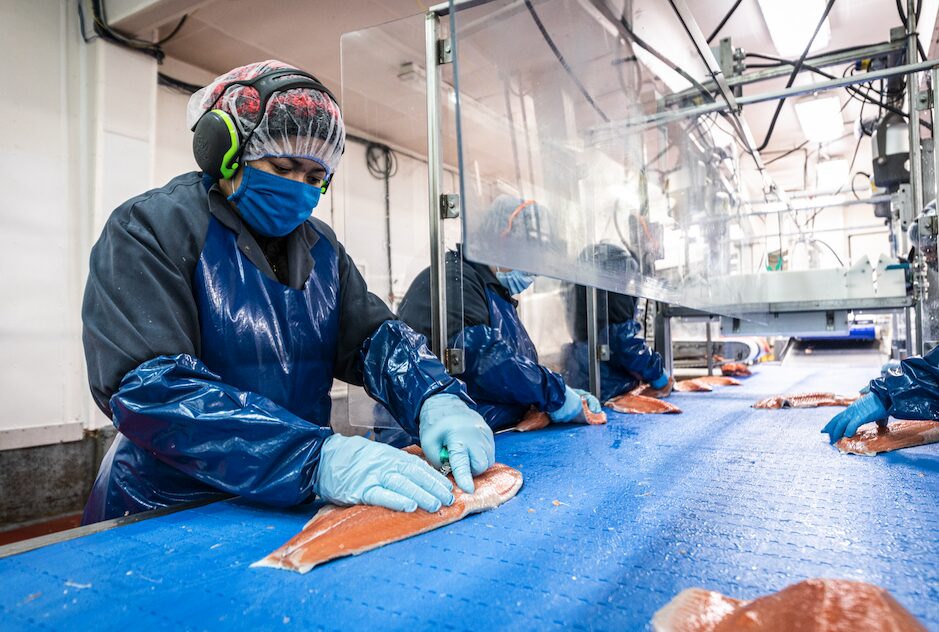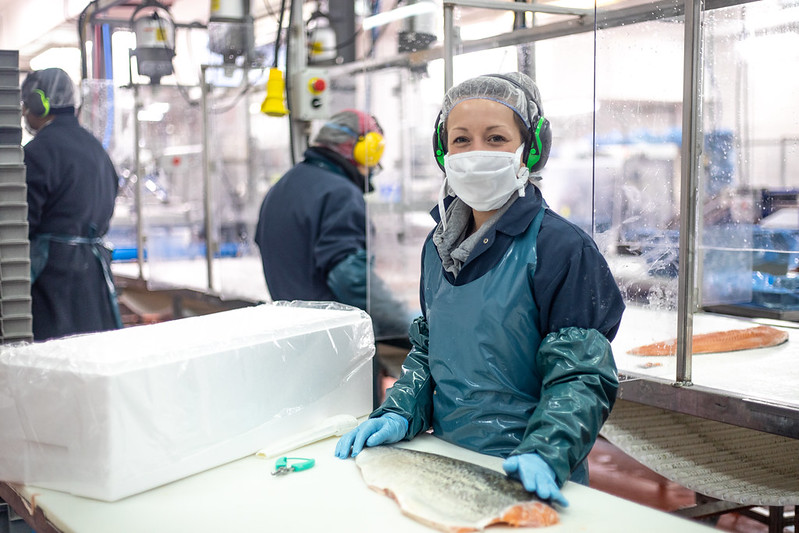BSP Spotlight Story: Australian Longline
Best Seafood Practices Spotlight Stories were created as way to highlight BSP-certified producers around the world and the stories of the people behind them. Interested in being featured in a spotlight story? Reach out to us here.
Australian Longline Fishing Q&A
WITH MARTY JOHNSON, SUSTAINABILITY & OPERATIONS COORDINATOR
BSP: What inspired you to become involved in the seafood industry?

Marty: I have a passion, love and enthusiasm for all things seafood. I grew up in a small coastal town in Australia and I loved fishing and eating fish when I was younger. Fishing gave me the ability to create friendships and experience different wildlife and natural habitats, which nurtured my interest in the marine environment.
I decided to pursue a degree in fisheries management and subsequent master’s in marine biology. Once completed, I knew my future would be intertwined with the seafood industry.
I was attracted to Australian Longline Fishing because they have similar values to me. We want to be leaders/pioneers of wild-capture fisheries, so when we are not doing day-to-day work, we are usually examining ways to innovate on how to make products better, how to further reduce our impact on the environment and how to further increase safety and efficiencies.
BSP: Tell us a little about Australian Longline.
Marty: Australian Longline is a small fishing company based in Tasmania. We have exclusively fished for Patagonian toothfish (Dissostichus eleginoides) for 18 years and Antarctic toothfish (Dissostichus mawsoni) for seven years. U.S. readers may know toothfish as Chilean sea bass.
We operate two 60-meter longline fishing vessels, each running 22 crew and we have a small team of 11 office staff. Staff in the company have helped develop demersal fishing gear to a point where we catch minimal bycatch less (than 10 percent of our total catch) and have next to no interactions with threatened and endangered species (TEP). The toothfish fishery has some of the most stringent regulations of any fishing practice so we are always striving to improve practices and technology.
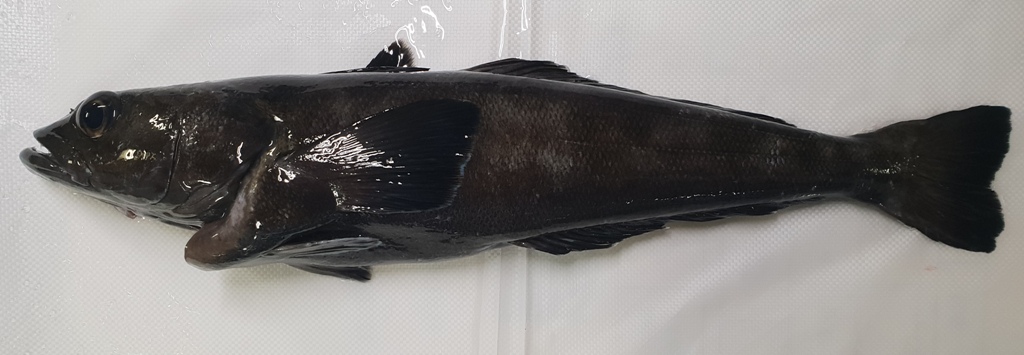
BSP: Why did Australian Longline choose to become certified to the Responsible Fishing Vessel Standard (RFVS)?

Marty: Our company chose to become RFVS certified because we wanted to show the public and our suppliers that not only do we care about the sustainability of our seafood, but we also care about the safety, health and wellbeing of our crew and vessels.
There is some stigma around the world from the public, that fisheries operators are not undertaking ethical operations. However, we want to show that within the fisheries we operate, we see ourselves as both custodians of the sea and defenders of ethical, fair treatment of our people.
The RFVS is a perfect way to demonstrate this and aid the public in choosing which seafood aligns with their values the next time they are at the shops or a restaurant seeking sustainable and ethically caught seafood.
BSP: Why do you love working in seafood?
Marty: In short, it’s never boring! Every day my work is different, it’s mainly problem-solving, organizing and communicating with crew and suppliers. I also enjoy getting my head into the data and statistics involved with the fishery.
Whether in wild fisheries, aquaculture or an associated industry, I have met so many passionate and dedicated people who want to innovate, continually improve and ensure there is fish in the ocean long into the future. It’s meeting like-minded people that spurs me onto trying to continually improve our business and myself as a person.
BSP: What’s an interesting story you can tell us about a time out on the water?
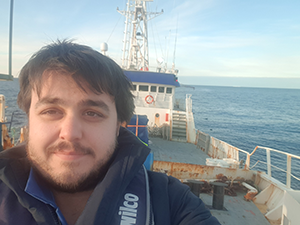 Marty (pictured left): I was lucky enough to head down on one of our fishing vessels deep into the Southern Ocean.
Marty (pictured left): I was lucky enough to head down on one of our fishing vessels deep into the Southern Ocean.
While the trip was only a short 40-day research trip it really gave me an appreciation for the solitude, camaraderie and hard slog that every fisherman undertakes to get fish to the communities’ plates.
Some of the scenery and wildlife they get to experience is unrivaled and I can understand why a lot of them have a passion for fishing.
What excites you about the future of the industry?
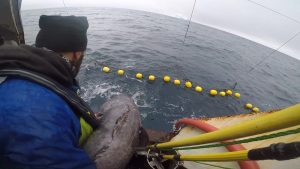
Marty: The biggest challenge for most industries that rely on natural resources is the effects of climate change and how businesses deal with this. Our company has engaged research organizations to help examine the possible effects on climate change on the marine environment in which we operate.
This collaboration between science and industry helps not only both science organizations and industry but also communities’ understanding of the possible effects. Future successful collaborations between science and the seafood industry is what excites me going forward, as both can benefit from each other.
About Australian Longline
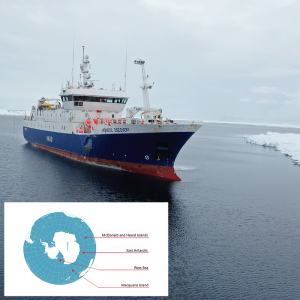
Australian Longline Fishing is a small company licensed to operate in subantarctic waters. Australian Longline’s two fishing vessels operate in three Marine Stewardship Council-certified fisheries: Macquarie Island toothfish, Heard Island and McDonald Islands toothfish, and Ross Sea toothfish longline.
Antarctic Discovery, one of Australian Longline’s vessels, was the first vessel to achieve the Responsible Fishing Vessel Standard (RFVS). RFVS is part of the Best Seafood Practices third-party certification program, which includes the Seafood Processing Standard (SPS).
The weather in the Southern Ocean is unpredictable at best, with crews braving subzero temperatures, icy sea spray and huge swells in search of Patagonian and Antarctic toothfish. Toothfish are versatile and rich in omega-3 fatty acids.
As challenging as it can be, Australian Longline considers it a privilege to work in these untamed waters, and they are passionate about preserving them for future generations of people and fish.
You can learn more about Australian Longline by visiting its website.

